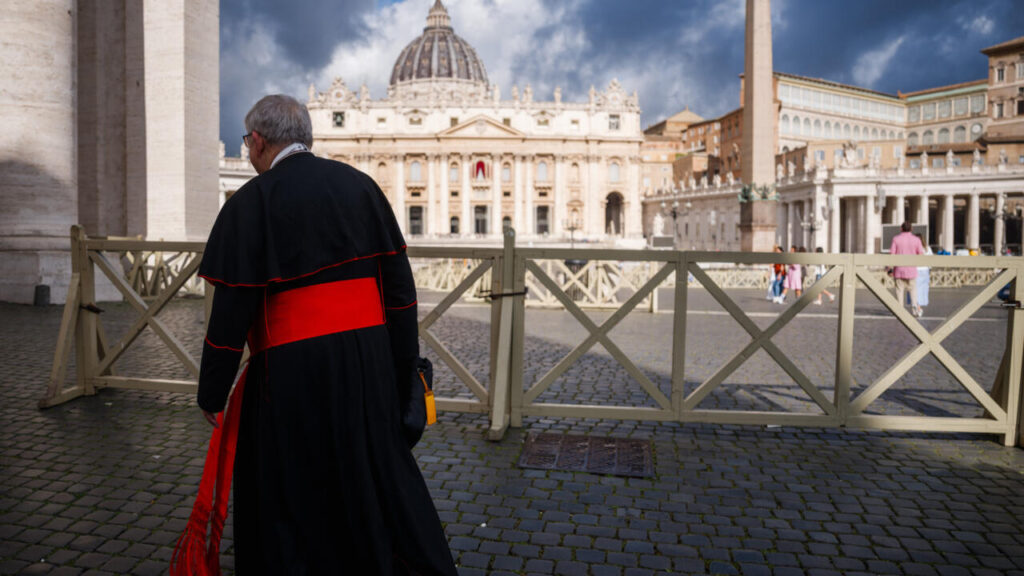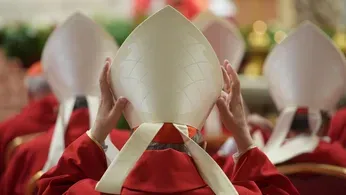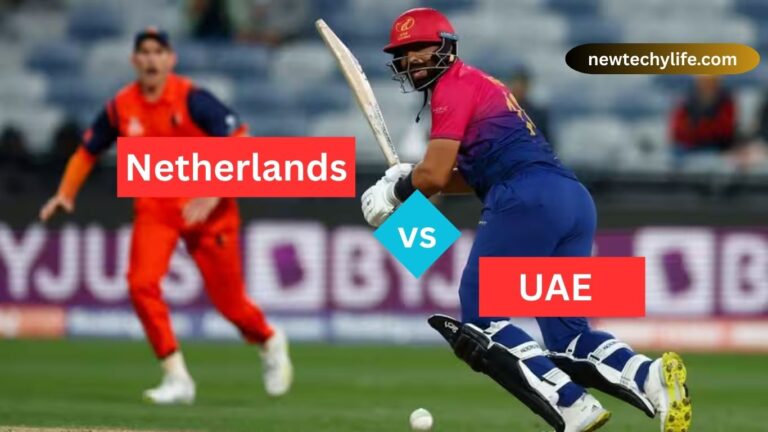Understanding the Papal Conclave: The Role of the Cardinals (USA)
Introduction
Ever wonder how the Catholic Church chooses its new pope? It’s not done with ballots from the public or a global vote. Instead, it all happens behind closed doors during an ancient and secretive process called the Papal Conclave. At the center of this historic ritual are the cardinals—powerful church leaders from around the world. But what exactly do they do, and how does the conclave work?

What is a Papal Conclave?
A papal conclave is the gathering of the College of Cardinals to elect a new pope when the papal seat becomes vacant, either through death or resignation. The word conclave comes from Latin — cum clave — meaning “with a key,” referencing the tradition of locking the cardinals inside until a new pope is chosen.
Who Are the Cardinals?
Cardinals are senior church officials appointed by the pope. While not all cardinals are bishops, most are. They serve as advisors to the pope and are part of the elite group responsible for selecting his successor. As of today, there are about 120 cardinals under the age of 80 eligible to vote in a conclave.
How Are Cardinals Chosen?
The pope appoints new cardinals, typically choosing from bishops and archbishops worldwide. This ensures representation from various continents and cultures. The diversity brings global perspectives to the conclave, making it a truly international event.
When Does a Conclave Happen?
A conclave is called after the current pope passes away or resigns. The most recent conclave happened in 2013 when Pope Benedict XVI resigned — a rare move — and Pope Francis was elected.
Inside the Conclave: Secrecy and Symbolism
Once the conclave begins, voting cardinals are locked inside the Sistine Chapel. They are cut off from the outside world — no phones, no internet, no news. This is done to prevent outside influence and ensure a prayerful, unbiased decision.
Each cardinal takes an oath of secrecy. Breaking this oath is considered a grave offense and can result in excommunication.
The Voting Process
Voting is done in secret using handwritten ballots. The process goes like this:
- Ballots are distributed to all cardinal electors.
- Each cardinal writes the name of his choice and folds the ballot.
- Ballots are collected in a chalice and then counted.
- To be elected, a candidate must receive two-thirds of the vote.
If no candidate gets enough votes, the process continues with multiple rounds of voting each day — typically four votes daily.
The Famous Smoke Signals
After each voting session, the ballots are burned. Special chemicals are added to produce black or white smoke:
- Black smoke = No decision yet.
- White smoke = A new pope has been elected!
This smoke rises from the Sistine Chapel chimney, signaling to the world what’s happening inside.
Once a Pope is Elected
When a cardinal receives the necessary votes, he’s asked, “Do you accept your canonical election as Supreme Pontiff?” If he accepts, he chooses a new papal name and becomes the next pope immediately.
Soon after, the new pope appears on the balcony of St. Peter’s Basilica and is introduced with the words, “Habemus Papam” — We have a pope!

Why the Cardinals’ Role Matters
Cardinals hold tremendous responsibility. They’re not just voting for a leader — they’re selecting a spiritual guide for over 1.3 billion Catholics around the world. Their decision influences the Church’s direction on issues ranging from doctrine to diplomacy, and even politics.
Modern Challenges in the Conclave
In today’s fast-changing world, the conclave isn’t just about choosing a holy man — it’s about selecting someone who can lead the Church through modern crises: declining church attendance, scandals, digital transformation, and cultural shifts.
Papal Conclave Traditions vs. Modern Realities
While the conclave is steeped in centuries-old tradition, it also faces pressure to be more transparent and responsive. Still, its secrecy is meant to preserve the sacred nature of the decision, emphasizing prayer and divine guidance over politics and popularity.
Conclusion
The papal conclave is one of the most fascinating rituals in the religious world — full of mystery, tradition, and significance. With the cardinals at the helm, it’s a process that balances history and holiness, all to choose the next spiritual leader of the Catholic Church. Whether you’re a believer or just curious, there’s no denying the intrigue and influence of the conclave.
FAQs
1. How many cardinals can vote in a papal conclave?
Only cardinals under the age of 80 can vote, usually capped at around 120 electors.
2. Where does the conclave take place?
It takes place in the Sistine Chapel in Vatican City.
3. How long does a papal conclave last?
It varies — some last a day, others go for weeks. The 2013 conclave lasted just two days.
4. Can a non-cardinal be elected pope?
Technically yes, but it’s extremely rare. In modern times, the pope is always chosen from within the College of Cardinals.
5. What happens if a pope dies suddenly?
The conclave is called after a mourning period, and the cardinals gather to elect a new pope following established procedures.
